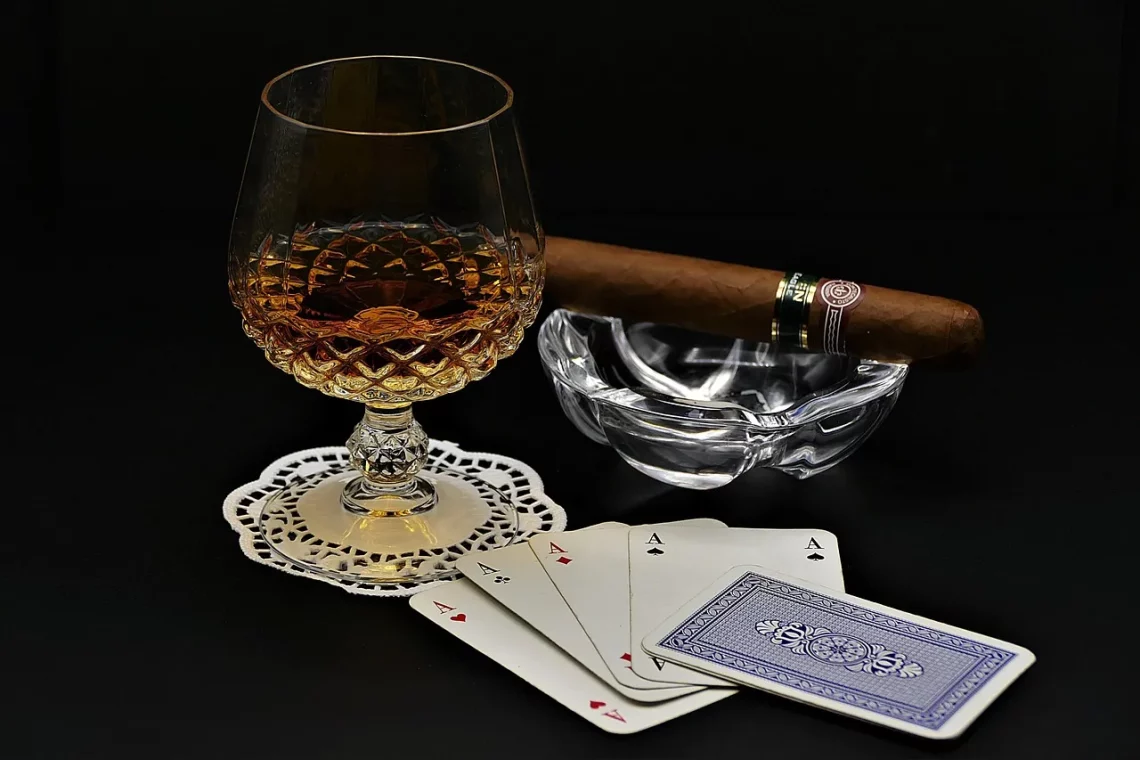
In-Depth Cognac Expert Review: Discover the Finest Selections
Cognac, a distinguished spirit with deep roots in French tradition, has earned its place among the finest liquors in the world. Known for its rich flavors and complex aromas, cognac is not merely a drink but a refined experience, a celebration of craftsmanship that reflects centuries of heritage. The production process, which involves the careful cultivation of grapes, double distillation in pot stills, and aging in oak barrels, contributes to the spirit’s unique character and sophistication.
As connoisseurs and novices alike explore the vast world of cognac, they encounter a plethora of choices, each with its own distinct personality. The beauty of cognac lies in its diversity, ranging from the rich and fruity to the complex and spicy. Each bottle tells a story of the land, the climate, and the skill of the producer. Whether enjoyed neat, on the rocks, or in cocktails, cognac offers a sensory journey that captivates the palate.
In this exploration of cognac, we delve into the nuances that set apart the finest selections, examining what makes each unique and desirable. The allure of this elegant spirit is not just in the taste but also in the rituals surrounding its consumption, making it a timeless choice for celebrations, special occasions, or quiet moments of reflection.
Understanding the Terroir of Cognac
The term “terroir” refers to the unique environmental factors that contribute to the characteristics of a wine or spirit, and in the case of cognac, it plays a pivotal role in shaping its flavor profile. Cognac is produced in the Charente and Charente-Maritime regions of France, where the chalky soil and temperate climate create ideal conditions for growing grapes.
The dominant grape varieties used in cognac production are Ugni Blanc, Folle Blanche, and Colombard. Each variety possesses its unique attributes, influencing the final product’s taste. Ugni Blanc, for instance, is known for its high acidity and fruity notes, making it the most widely planted grape in the region. Folle Blanche, although less common today, contributes floral and citrus characteristics, while Colombard offers a balance of fruitiness and structure.
The aging process is another critical aspect of cognac’s terroir. Cognacs are aged in French oak barrels, which impart flavors of vanilla, spice, and caramel. The interaction between the spirit and the wood over time enhances complexity and depth. The climate of the region also affects aging; warmer summers and cool winters promote a dynamic interaction between the spirit and the barrel, allowing for the development of rich flavors.
Understanding the terroir of cognac is essential for appreciating the nuances of each bottle. Different producers may emphasize various aspects of the terroir, resulting in a diverse range of cognacs. Tasting cognac becomes not just a sensory experience but also a journey through the landscapes and traditions of the region, enriching the appreciation of this exquisite spirit.
The Art of Distillation and Aging
Cognac’s production process is an intricate art that begins with the careful harvesting of grapes. Once harvested, the grapes undergo fermentation, which converts the sugars into alcohol. The next step is distillation, where the fermented liquid is heated in pot stills. This two-step process is crucial; the first distillation produces a “brouillis,” which is then distilled a second time to create the clear, high-proof spirit that will become cognac.
The distillation process is where the skill of the distiller shines. The separation of the heart, head, and tail during distillation determines the quality of the final product. The “heart” is the portion of the distillate that has the desired flavors and aromas, while the “head” and “tail” contain undesirable elements that can negatively affect taste. A skilled distiller knows how to navigate this process to capture the essence of the grapes.
Once distilled, the spirit is transferred to oak barrels for aging. Cognac must be aged for a minimum of two years, but many producers choose to age their cognac for much longer. The aging process allows the spirit to absorb flavors from the wood, and as it interacts with the air in the barrel, it begins to mellow and develop complexity.
Factors such as the age of the barrel, the level of toasting, and environmental conditions all influence the maturation process. As cognac ages, its color deepens, and its flavors evolve from bright and fruity to rich and complex, often revealing notes of dried fruit, nuts, spices, and caramel.
Understanding the art of distillation and aging is key to appreciating the craftsmanship behind each bottle of cognac. The careful balance of these elements not only defines the character of the spirit but also elevates it to a level of sophistication that is celebrated worldwide.
Exploring the Different Styles of Cognac
Cognac is categorized into several styles, each reflecting different aging processes and flavor profiles. The most common classifications are VS (Very Special), VSOP (Very Superior Old Pale), and XO (Extra Old). Each designation has specific aging requirements that influence the taste and complexity of the cognac.
VS cognac is aged for a minimum of two years and boasts a vibrant, youthful character. It often features bright fruit notes, making it an excellent choice for cocktails or casual sipping. This style is perfect for those new to cognac, offering a lively introduction to the spirit’s flavors.
VSOP cognac, aged for at least four years, presents a more rounded profile. The additional aging allows for the development of deeper flavors, including hints of spice, wood, and dried fruit. VSOP is a versatile choice, suitable for both sipping neat and mixing in cocktails, providing a balance of freshness and complexity.
XO cognac, which must be aged for a minimum of ten years, is the pinnacle of cognac craftsmanship. This style is characterized by its rich, layered flavors and smooth, velvety texture. Aged for longer periods, XO cognacs often reveal notes of dark chocolate, tobacco, and exotic spices. They are best enjoyed neat, allowing connoisseurs to savor the intricate flavors developed over decades.
Beyond these primary classifications, some producers create unique blends and limited editions that offer even more diversity. The world of cognac is vast and varied, inviting exploration and discovery. Each bottle tells a story and provides a glimpse into the artistry of the producer, making cognac a fascinating spirit to explore.
How to Properly Taste and Enjoy Cognac
Tasting cognac is an experience that engages all the senses, and understanding how to properly savor this spirit can enhance your enjoyment. The first step in the tasting process is selecting the right glass. A tulip-shaped glass is ideal, as it concentrates the aromas and allows for a better appreciation of the bouquet.
Before taking your first sip, take a moment to observe the color of the cognac. The hue can vary from pale gold to deep amber, reflecting the aging process and the influence of the oak barrels. Swirling the liquid in the glass releases its aromas, inviting you to explore the complex scents.
As you bring the glass to your nose, take slow, gentle inhales. Cognac is known for its aromatic profile, which can include notes of fruit, floral elements, spices, and wood. Allow yourself to identify individual scents, as this adds to the overall tasting experience.
When you’re ready to taste, take a small sip and let the cognac linger on your palate. Notice the initial flavors and how they evolve as the spirit interacts with your taste buds. The finish is equally important; a well-crafted cognac will have a long, pleasant aftertaste that reflects its complexity.
Pairing cognac with food can also enhance the tasting experience. Rich cheeses, dark chocolate, and dried fruits are excellent companions, as they complement the flavors of the spirit. Experimenting with different pairings can lead to delightful discoveries, making each tasting session unique.
In conclusion, the world of cognac offers a rich tapestry of flavors, aromas, and stories waiting to be explored. By understanding the nuances of terroir, distillation, styles, and tasting techniques, enthusiasts can fully appreciate the artistry behind this timeless spirit. Whether you are a seasoned connoisseur or a newcomer, there is always something new to discover in the realm of cognac.




